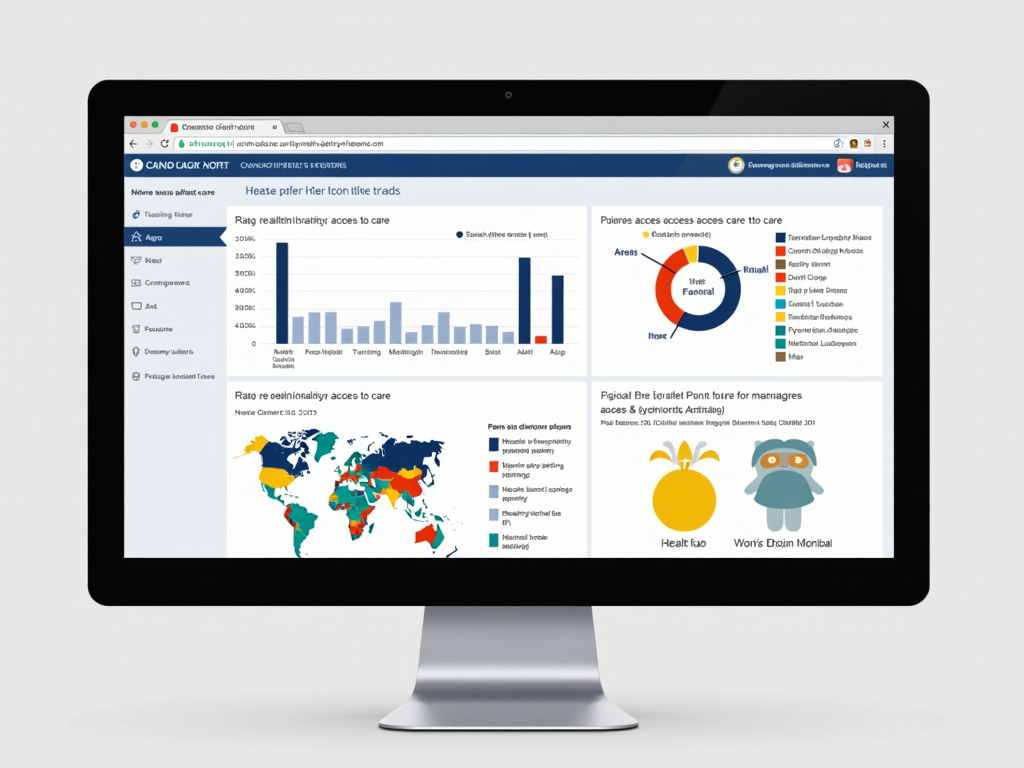Health equity means everyone gets a fair shot at living their healthiest life. It’s about removing obstacles—like poverty, discrimination, or lack of access—that stop some people from getting quality healthcare. In this article, we’ll explore practical steps to achieve fairness in healthcare, spotlighting the vital role of community health workers and the need for better access to care. Let’s dive in and see how we can make healthcare work for everyone.

Step 1: Tackling Social Determinants of Health
Your health isn’t just about doctor visits—it’s shaped by where you live, what you earn, and how much education you’ve had. These are called social determinants of health, and they’re a big deal in health equity. For example, if you’re stuck in a neighborhood with no grocery stores, eating healthy is tough. Poor housing can lead to stress or sickness from mold and pests.
To fix this, we need action. Cities can build affordable housing or bring fresh food markets to underserved areas. Schools can offer programs that help kids stay healthy and informed. I once saw a local group transform an empty lot into a community garden. Families who’d never had fresh veggies started growing their own—it was a game-changer for their diets and their spirits.

Step 2: Boosting Access to Care
Access to care is a cornerstone of health equity. It’s about making sure everyone can see a doctor or get medicine when they need it. Community health workers are heroes here. They’re people from the neighborhood who know the culture and the struggles. They help families navigate the system, set up appointments, or even translate during visits.
I met a community health worker named Maria who helped an elderly couple get their diabetes meds. They didn’t speak English and were scared to ask for help. Maria stepped in, made calls, and got them sorted. That’s the role of community health workers in access to care—bridging gaps with kindness and know-how. Expanding their presence in community health programs can open doors for so many.

Step 3: Building Cultural Competence in Healthcare
Healthcare should feel welcoming to everyone, no matter their background. That’s where cultural competence comes in—doctors and nurses understanding your language, beliefs, and needs. It’s simple stuff that makes a big difference, like having interpreters or knowing why a patient might avoid certain treatments.
Here’s what matters most:
| Key Element | What It Means |
|---|---|
| Language Help | Interpreters or translated forms |
| Cultural Respect | Knowing traditions and values |
| Personal Care | Listening to what each patient wants |
Once, a friend told me her doctor brushed off her concerns because he didn’t get her cultural diet. A little training could’ve turned that around. When providers get this right, patients trust the system more.

Step 4: Empowering Communities with Education and Advocacy
People can’t fight for their health if they don’t know their rights or options. That’s why education and advocacy are key to health equity. Community health workshops can teach folks how to read insurance forms, find free clinics, or stand up for better care.
I went to a session where a mom learned she could get her kid free checkups through a local program. She’d been skipping them because of cost—now she’s in control. Advocacy groups can also push for change, like more funding for clinics in low-income areas. When communities speak up and learn, they build power to shape their own health futures.

Step 5: Using Data and Technology for Fairness
Data and tech can shine a light on where health equity falls short. By tracking who’s getting care and who’s not, we can spot problems fast. For example, a clinic might notice fewer older adults coming in and start a shuttle service to help them get there.
Telehealth is another win—it brings doctors to your screen, perfect for rural folks or those without cars. But we’ve got to make sure everyone can use it. I heard about a town where seniors got free tablets and training for virtual visits—it cut their ER trips in half. Technology works best when it reaches everyone, not just the tech-savvy.
In short, understanding health equity and taking steps to fairness in healthcare means tackling root causes, opening doors to care, respecting cultures, empowering people, and using smart tools. It’s a team effort—community health workers, providers, and everyday folks all play a part. Together, we can build a system where no one’s left behind.
Discuss Here